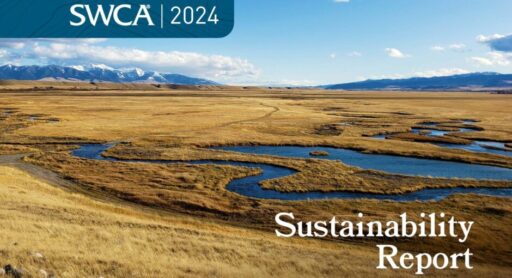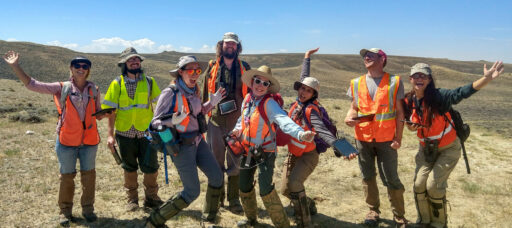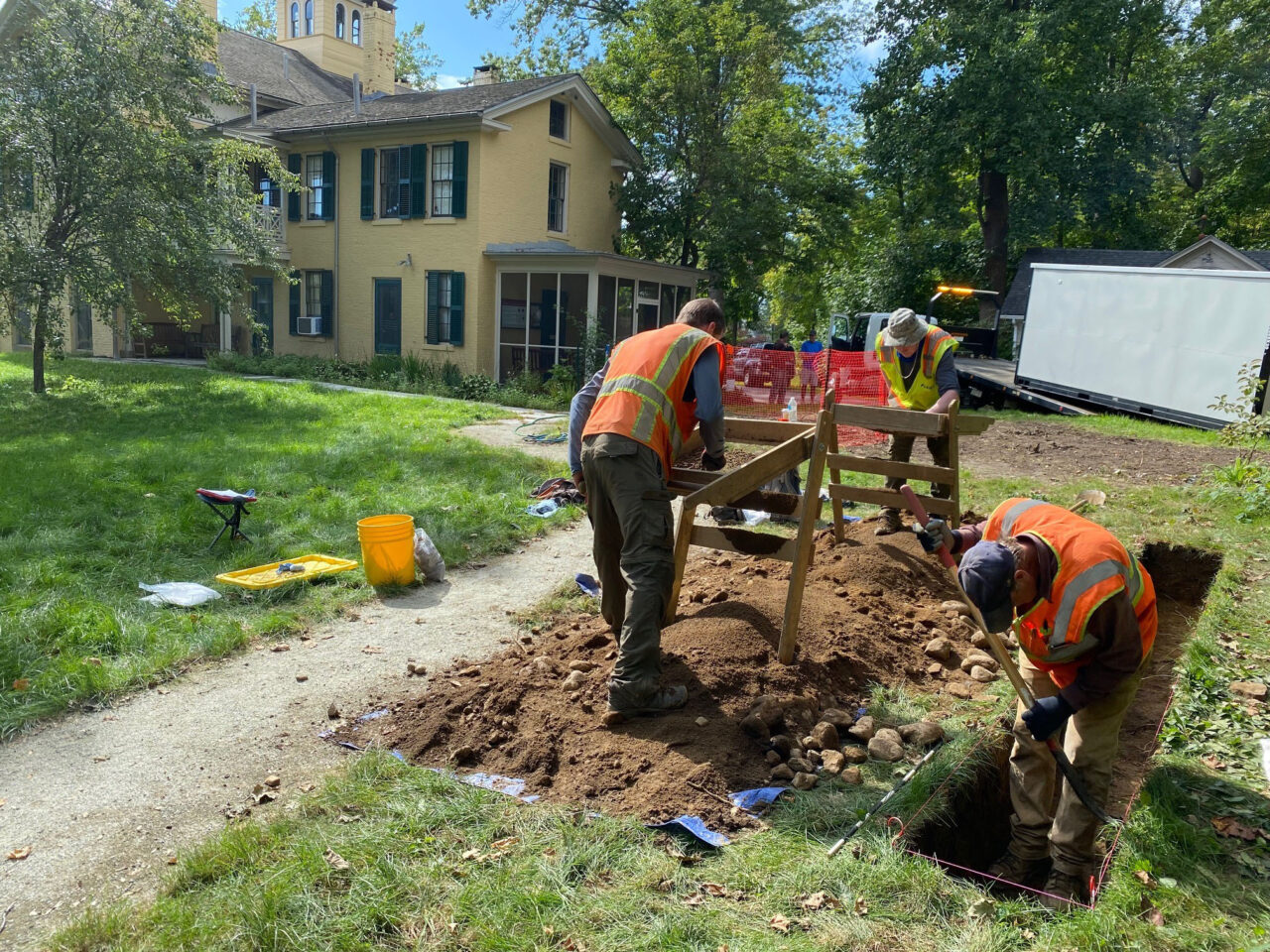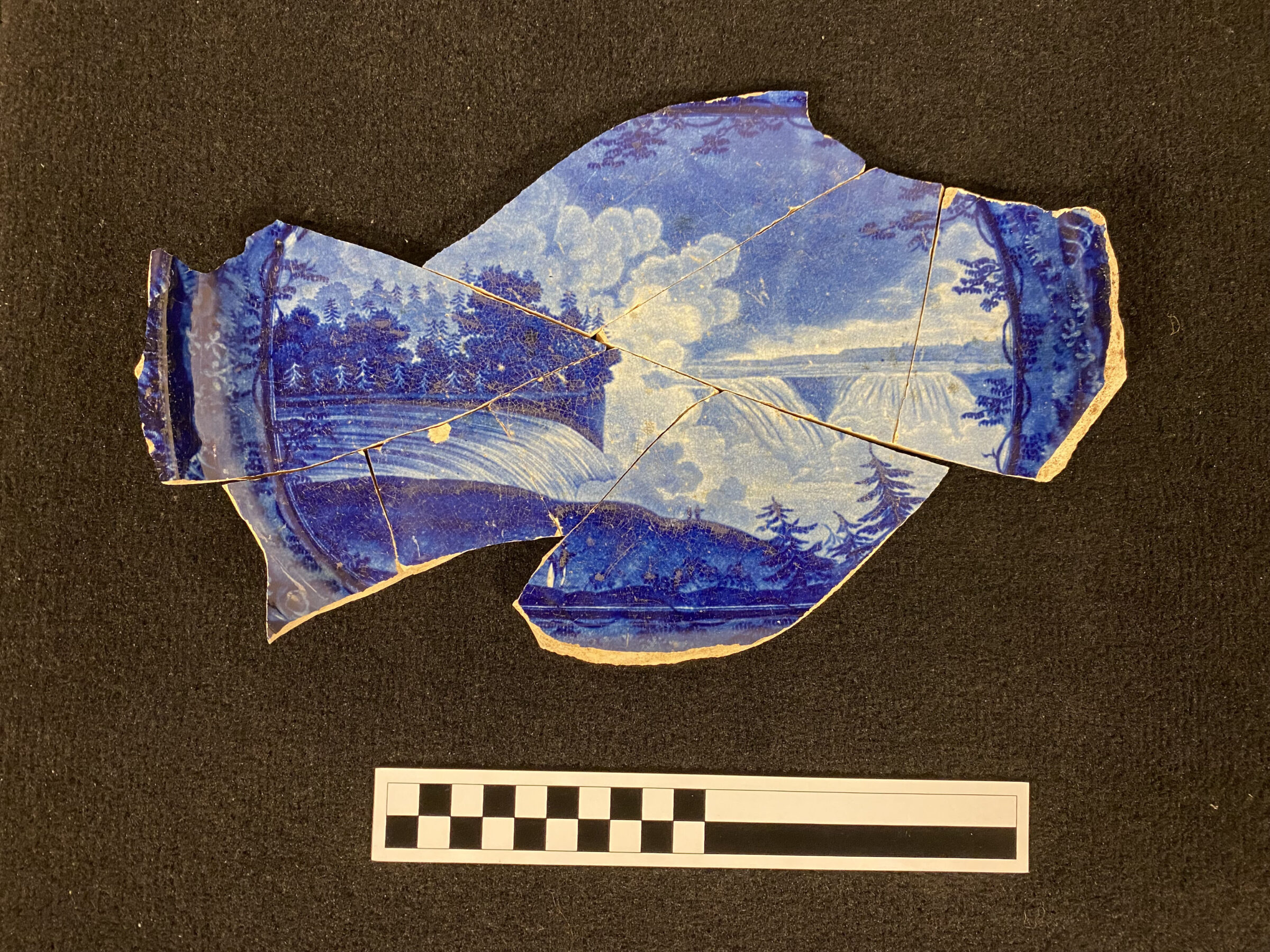2025
Comparably’s Best Company Outlook
* Providing engineering services in these locations through SWCA Environmental Consulting & Engineering, Inc., an affiliate of SWCA.

From the experts we hire, to the clients we partner with, our greatest opportunity for success lies in our ability to bring the best team together for every project.
That’s why:

At SWCA, sustainability means balancing humanity’s social, economic, and environmental needs to provide a healthy planet for future generations.

SWCA employs smart, talented, problem-solvers dedicated to our purpose of preserving natural and cultural resources for tomorrow while enabling projects that benefit people today.

At SWCA, you’re not just an employee. You’re an owner. Everyone you work with has a stake in your success, so your hard work pays off – for the clients, for the company, and for your retirement goals.
The Lost Barn: SWCA Helps Preserve History at Emily Dickinson Museum
Renovations at the Emily Dickinson Museum must follow preservation rules to protect its historic status. In 2021, the museum’s director asked SWCA to help ensure compliance during upcoming maintenance work.
Quinn has been a member of SWCA’s Marketing Team since 2019. As a content developer, she loves learning about SWCA’s people, projects, and services through writing articles. Quinn also teams with departments across the company, managing and developing internal communications.
A proud Spartan, she graduated from Michigan State University with a degree in Sustainability and Environmental Journalism. Born and raised in Michigan, Quinn moved to Denver to join SWCA (and enjoy all the mountain activities).


Any renovation done on the property is regulated by preservation restrictions under the National Register Property to ensure nothing disturbs the historic nature of the site. The Director of the Emily Dickinson Museum approached SWCA in early 2021 to help them stay in accordance with these preservation restrictions during an upcoming maintenance renovation. The museum planned to install HVAC systems on-site with utility lines running across the backyard to an adjacent street.
Interested in building a historic replica of the backyard barn, the museum needed to know its exact location as not to run utility lines through the original foundation or unintentionally destroy any artifacts during construction.
After receiving a permit from the Massachusetts Historic Commission, SWCA ’s cultural resources team performed an archaeological survey in the fall of 2021 to look for remnants of the barn and determine the exact whereabouts of the barn foundation. The crew included Nadia Waski, Zachary Nason, Darrell Geisler, and Austin Escott.

SWCA crew performing archaeological survey on site
“We dig a lot of holes, so it’s fun when we actually dig some things up,” said Chris Donta, Project Manager and Cultural Resources team lead.
Each place has a unique history. After 25 years, it’s still exciting; you never know what you’re going to find.
SWCA determined the location of the eastern wall of the barn foundation, but due to later developments on the site, were not able to locate the western wall.

“Niagara Falls from the American Side” a flow blue transferprint serving platter from Enoch Wood & Sons ca. 1829 to 1846
The team sent a summary of their findings to museum staff, including an artifact catalog and a full report write-up with a recommendation on where to place the utility lines as not to interfere with the barn foundation.
Construction of a replica barn is still a way off, but the museum has asked SWCA to return to monitor the installation of utility lines in early 2022.
“We are pleased to work with the Emily Dickinson Museum on this project,” Donta said. “This is a great opportunity to help preserve the legacy of one of America’s treasured authors.”
“We turn not older with years, but newer every day” – Emily Dickinson
Read more from The Wire, Vol. 22, No. 1 below: